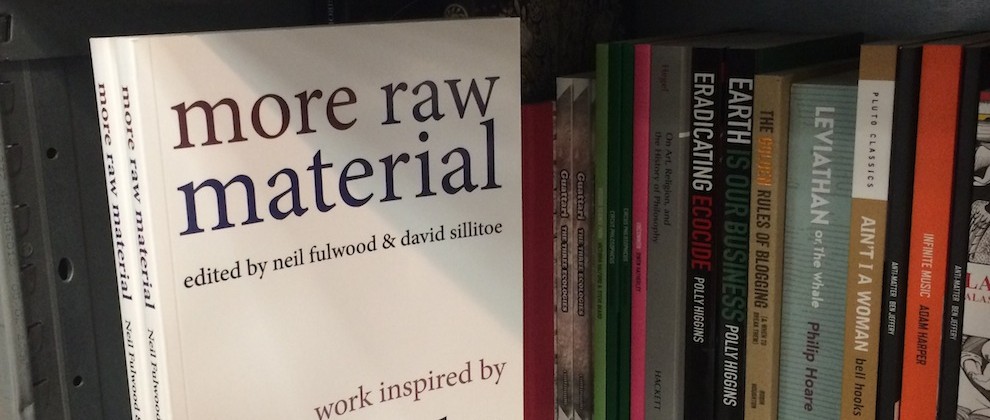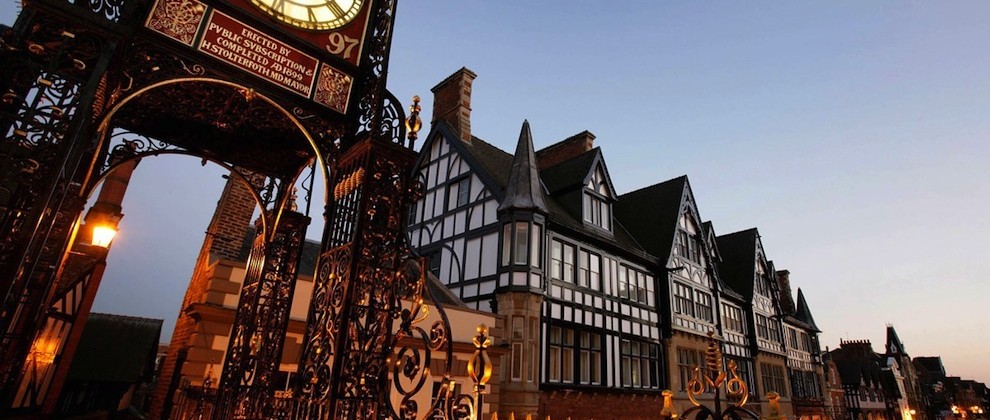
Chester continues to reinvent itself.
The city in England’s northwest has flirted with shopaholic footballers’ wives and Roman heritage fans over the years.
It remains home to the largest stone-built Roman Amphitheatre in Britain and to the Duke of Westminster, one of Britain’s richest men.
But the opening this year of Chester’s new flagship arts centre, Storyhouse, ushers in a new era as a cultural destination with its vibrant summer festival programme backed by a slew of new places to stay, eat and drink.
“Chester is bigger than it thinks sometimes and, as a returned Cestrian, I see it as an increasingly cultural, creative city,” says Alex Clifton, Artistic Director at arts producer Storyhouse [pictured above].
“Our new arts centre will be a beacon to light up the city after dark.”
The £37m building, adapted from the city’s 1930s Odeon Cinema with an added new wing, will feature two theatre spaces, an arthouse cinema, the new city library and exhibition space when it opens this winter.
Prior to that, the Chester Summer Music Festival returns in May, while the Open Air Theatre in the Grosvenor Park starts its run on July 1st with As You Like It and Stig of the Dump.
Roman history
Roman legions founded the city of Deva as the largest fortress in Britain around AD70, encircling it with their trademark Roman city walls.
Today Chester wears its rich Roman heritage with pride (you can still walk around the city walls to soak up the historic ambiance), but it also celebrates its status as a living city through shopping, family attractions and a vibrant nightlife.
The centrepoint remains the ironwork Eastgate clock, Chester’s answer to Big Ben.
The clock was conceived for Queen Victoria’s Diamond Jubilee in 1897, albeit not actually completed until two years later, and today towers above the shops and cafes of Eastgate Street, the main shopping thoroughfare.
The latter is also home to the Chester Grosvenor Hotel, which last year celebrated its150th anniversary and retains its Michelin-stared restaurant under head chef Simon Radley.
One of ten key features of the city centre is the distinctive split-level Rows, the two-tiered medieval shopping galleries finished in black-and-white timber.
The Three Old Arches that form part of the Rows in Bridge Street are said to be the oldest shop front in England, but these erstwhile medieval merchants’ shops are packed today with contemporary boutiques.
Visitor attractions
Heading north along St Werburgh Street, Chester Cathedral has dominated the cityscape since 1092.
Originally constructed as St Werburgh’s Abbey, the sandstone Benedictine Abbey was transformed into a cathedral in the 1540s by decree of Henry VIII.
An oasis of cool and calm, its cloisters and stained-glass windows are its most distinctive features, while a stroll around the cathedral gardens is perfect for some quiet contemplation.
It’s not Chester’s oldest holy site, however. That distinction goes to St. John’s Church, which is believed to date from the 7th century and today houses community events on the fringe of the Grosvenor Park.
Heading south via The Cross, where the town crier still delivers a regular proclamation of the day’s news during summer, Bridge Street leads to the River Dee.
The river was Chester’s best form of defence during medieval onslaughts from Wales and now boasts summer leisure cruises.
Strolling along The Groves, the tree-lined promenade that lines the riverbank, is a perennially popular mooching spot. From here, the city walls lead to Chester Castle, home to the Cheshire Military Museum.
The opening of new cultural attractions this year will keep Chester evolving but the residual charm of the 2000-year-old city is unlikely to change.
“For me, Chester has always been ahead itself for its size with quality attractions,” says Rachael Hill, owner of Heald Country House, a winner at last year’s Marketing Cheshire annual awards.
“Chester has everything a city has to offer without being too enclosed and is the gateway to glorious countryside.”
Side panel: Live like a local — Alex Clifton, Artistic Director, Storyhouse
When I’m not preparing for the opening of Chester’s new arts centre, I love:
- Going for tapas at Porta, the informal sister restaurant to Joseph Benjamin
- Taking the kids to the Falconry Centre at Chester Cathedral to admire the birds of prey
- Nipping out of rehearsals for the Open Air Theatre for a lunchtime dip in the River Dee
- Stopping for a pint at The Malborough and getting stuck into the huge list of whiskeys
- Stopping for afternoon tea at Tea on the Walls, a hidden-gem cafe with elevated views
What did you think of this story? Post your comments below.
This story was first published in Britain magazine this month.
Liked this? Try also A world-class hotel in Chester.



